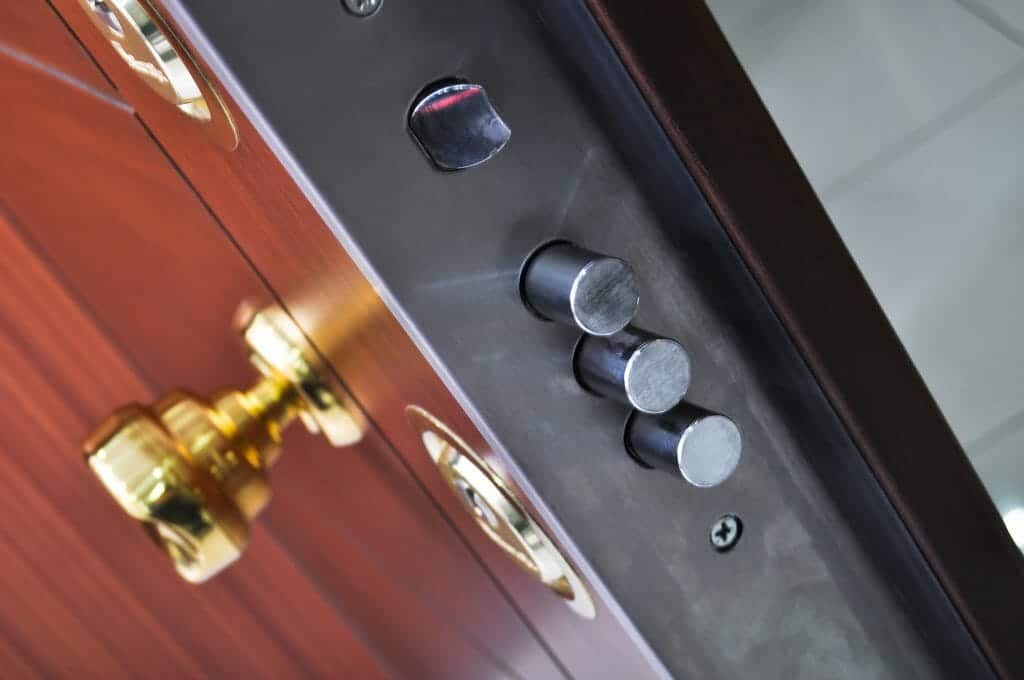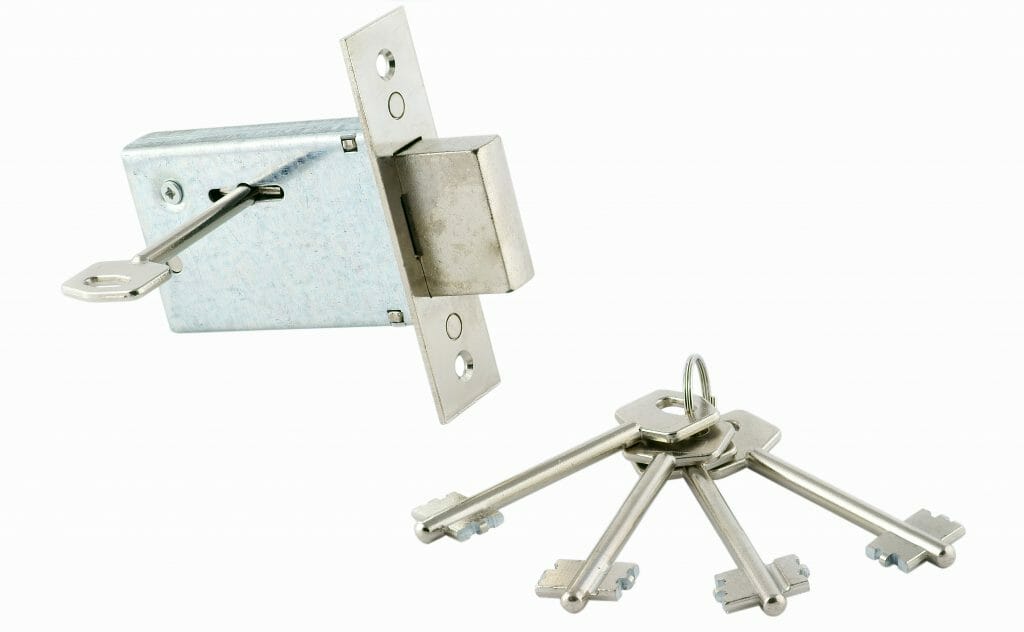Many do not know the type of locks fitted to their doors. It’s not something of interest to most people, as long as the lock can secure the door and keep thieves away from their property.
However, lock types and safety are important for insurance issues. UK insurers have warned that all existing locks should meet safety standards.
Insurers invalidate claims if burglars gain access to homes with substandard locks. How sad would it be to lose your insurance over a simple lock? You go through so much trouble to find a suitable insurance company, but fail to sort out a suitable lock.
Many Insurance policy forms carry questions about lock safety. Some will even offer you a discount if you can confirm that the locks in your homes and offices meet industry standards. If you cannot, you may have to pay a higher premium.
How do you know if your locks meet standard?
Hmmm…many people would like to know this, especially when faced with filling in an insurance form. You may call your property owner and they may not know. Checking the external features of the lock will not give you the answer you seek.
It requires a specialist to take out the locks to see if it truly meets standard.
Have any questions about your locks for insurance purposes? The locksmiths at Prime Alert can help you with further advice. Contact us 24 hours at 02082266866.
What Makes a Lock Standard?
The British Standard Institution certifies standard locks. BSI, under Royal Charter, has the authority to set a yardstick for quality of goods and services.
BSI certified locks carry a kite mark on the product packages, as well as the product itself.
If you are buying a new lock for your home, check to make sure it has the BSI Kite mark, along with any of these standard numbers: BS3621, BS8621 or BS10621.
BS3621
This is the most popular British certified standard. It is deadlocked and the key works for both sides of the door. This makes it difficult to exit or gain access without a key.
When locked, it is difficult for burglars to operate the lock and any attempt to open from the inside (by breaking a window) is futile.
BS8621
This new standard is advantageous for domestic and commercial uses. It offers the benefit of exiting without a key. It is ideal for emergencies like a fire escape or gas leakage. However, it poses the risk of easy entry for thieves, by breaking a window and opening it from the inside.
BS10621
This is a standard used for locks that open and lock only from outside, with a key. You can open from inside, without a key. This is ideal for back entrances or secret door routes.
These numbers define the functions of the lock and play an important part in the process of validating an insurance claim.

How does it Affect Insurance?
Most Insurance companies make it a requirement to have British standard locks in your property to be eligible for cover.
If there is a case of theft in your home and the locks turn out to be non-standard, the insurance company may deny your claim, due to your inability to adhere to the policy agreement.
Some insurance companies take advantage of these standards to determine your premium. If you do not have standard locks for your properties, you may have to pay a higher premium. It’s a case of better security, lower premium, or poor security, higher premium.
Insurance Requirements for Door Locks
Whether security is intact or not, loss or damage from theft is scrutinised by insurance companies. It does not matter whether you were absent or present during the incident. The insurers conduct thorough investigation before you can settle your claim.
Any mistake could cause the cancellation of your claim and you will have to bear the cost of the theft. To avoid invalidated claims, adhere to the following pointers concerning locks in your house:
- The main exit door has a five lever mortice lock conforming to BS3621 standard.
- Other external doors may have a mortice deadlock or key-operated security bolts.
- Either sliding patio door must have a key-operated patio door lock or multiple points locking systems.
- Fit windows by a one-key-operated metal lock or shut it permanently by means of a defaced head screw.
What is a Five Lever Mortice Lock?

Insurance companies make their requirements clear, but out of ignorance or a dislike for form filling, people fill in the details without properly checking. Where you are not clear about lock requirements, ask for a detailed explanation.
A five-lever mortice lock is a fitting that secures doors by locking both inside and outside. It usually has hardened steel plates and a night latch.
When used on timber doors, it offers medium level security. This is why a night latch accompanies a mortice lock to make it more secured.
When is Five Lever Mortice Lock Conforming to Standard?
For a mortice lock to conform to standard, it must pass the British standard test. Mortice locks with the BS3621 standard are stronger than a normal mortice lock. It has a larger, reinforced bolt and the enclosure is drill-proof. It will take at least five minutes for a burglar to break through it.
Other Insurance Approved Locks
The Rim Automatic Dead Latch
This lock mechanism has key locking handles and locks with a key from either side. It functions almost like a mortice. The difference is that you mount a rim lock on the door, but place the mortice in a hole.
Multiple Point Lock
This lock has three or more locking points that lock at the same time by the turn of a key. Multiple point locks require lifting the door handle before you turn the key.
